Reportar esta entrada
Más sobre la misma comunidad-colección
Downtown Street Scene, El Paso,TX, circa 1906
St. Louis St. (Mills St. Today) facing west. The Federal ...
Firmando el riel del Tranvía de El Paso
El Paso Streetcar: Former UTEP men’s basketball coach Tim ...
Firmando el riel del Tranvía de El Paso
El Paso Streetcar: On Aug. 10, 2017, El Pasoans left their mark ...
Firmando el riel del Tranvía de El Paso
El Paso Streetcar: On Aug. 10, 2017, El Pasoans left their mark ...
Firmando el riel del Tranvía de El Paso
El Paso Streetcar: More than 300 people came out to leave their ...
Firmando el riel del Tranvía de El Paso
El Paso Streetcar: On Aug. 10, 2017, El Pasoans left their mark ...
Firmando el riel del Tranvía de El Paso
El Paso Streetcar: More than 300 people came out to leave their ...
Firmando el riel del Tranvía de El Paso
El Paso Streetcar: On Aug. 10, 2017, El Pasoans left their mark ...
Firmando el riel del Tranvía de El Paso
El Paso Streetcar: The final 25-foot section of rail, signed by ...
Firmando el riel del Tranvía de El Paso
El Paso Streetcar: On Aug. 10, 2017, El Pasoans left their mark ...
Firmando el riel del Tranvía de El Paso
El Paso Streetcar: The final 25-foot section of rail, signed by ...
Firmando el riel del Tranvía de El Paso
El Paso Streetcar: On Aug. 10, 2017, El Pasoans left their mark ...
Firmando el riel del Tranvía de El Paso
El Paso Streetcar: More than 300 people came out to leave their ...
Firmando el riel del Tranvía de El Paso
El Paso Streetcar: The final 25-foot section of rail, signed by ...
Firmando el riel del Tranvía de El Paso
El Paso Streetcar: On Aug. 10, 2017, El Pasoans left their mark ...
Firmando el riel del Tranvía de El Paso
El Paso Streetcar: More than 300 people came out to leave their ...
Firmando el riel del Tranvía de El Paso
El Paso Streetcar: The final 25-foot section of rail, signed by ...
Firmando el riel del Tranvía de El Paso
El Paso Streetcar: On Aug. 10, 2017, El Pasoans left their mark ...
Firmando el riel del Tranvía de El Paso
El Paso Streetcar: More than 300 people came out to leave their ...
Firmando el riel del Tranvía de El Paso
El Paso Streetcar: On Aug. 10, 2017, El Pasoans left their mark ...
Firmando el riel del Tranvía de El Paso
El Paso Streetcar: The final 25-foot section of rail, signed by ...
Firmando el riel del Tranvía de El Paso
El Paso Streetcar: More than 300 people came out to leave their ...
Firmando el riel del Tranvía de El Paso
El Paso Streetcar: The final 25-foot section of rail, signed by ...











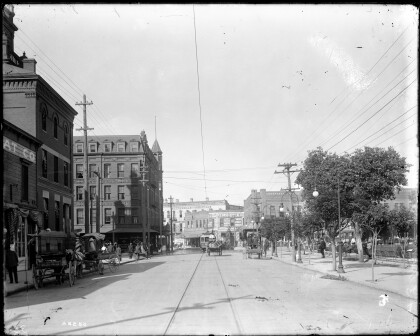

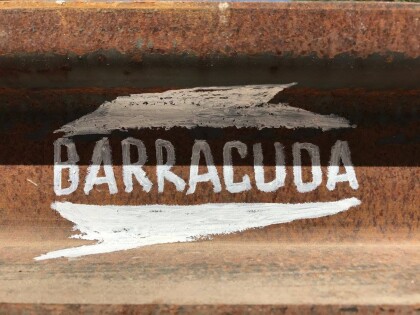
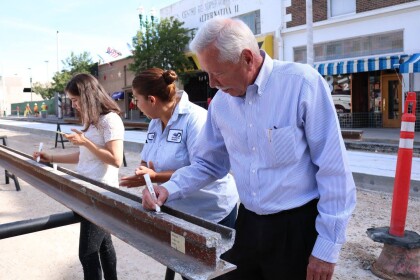
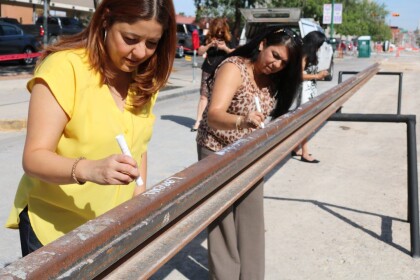
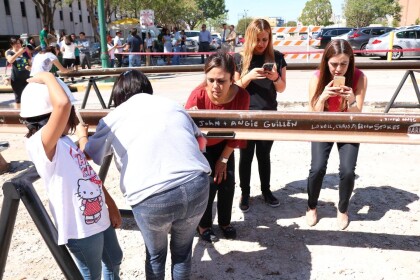
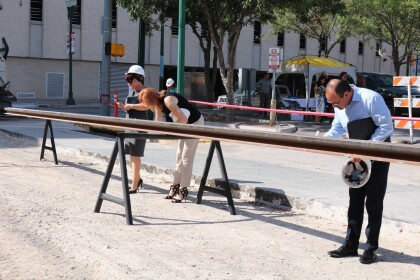
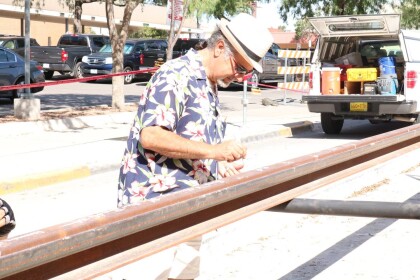
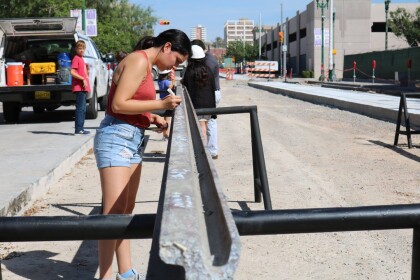
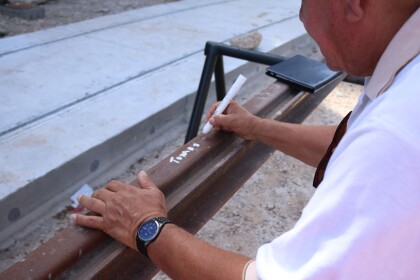
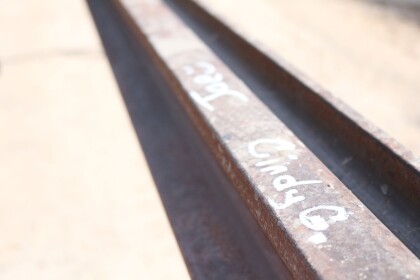
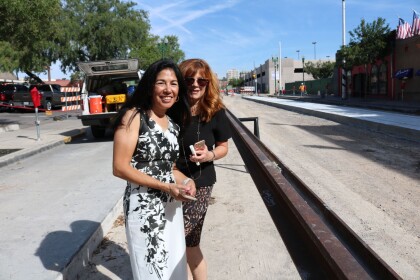
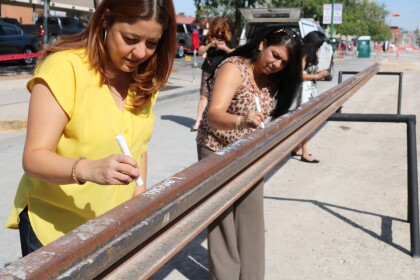
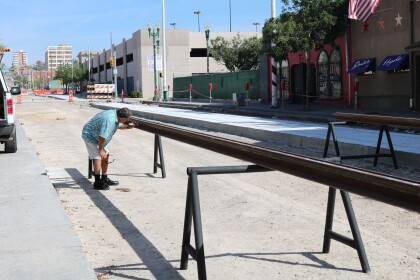
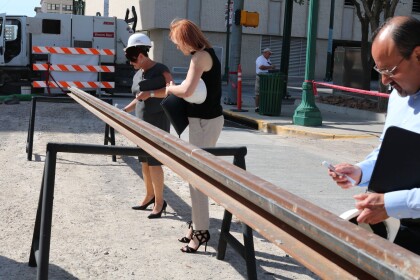
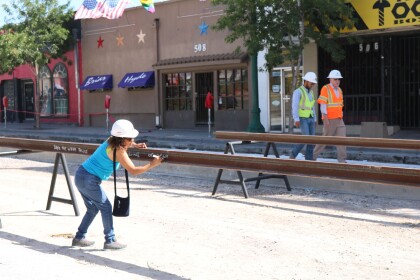
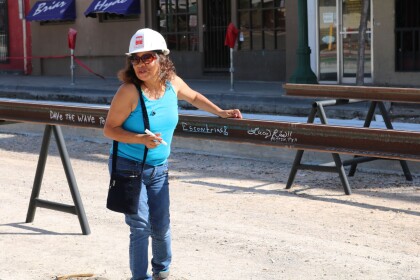
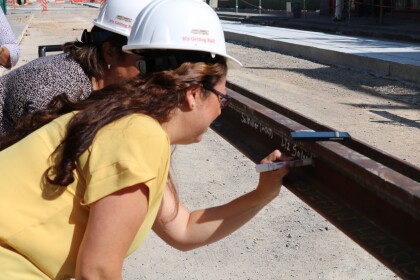
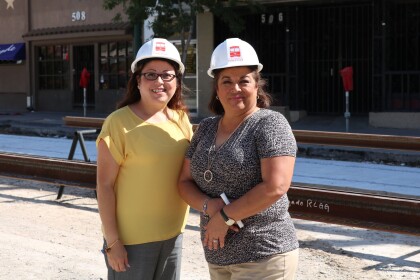
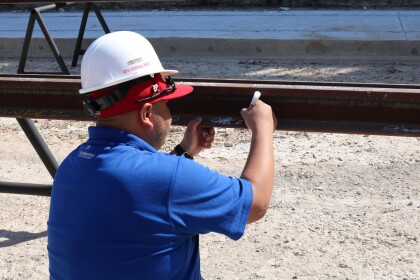
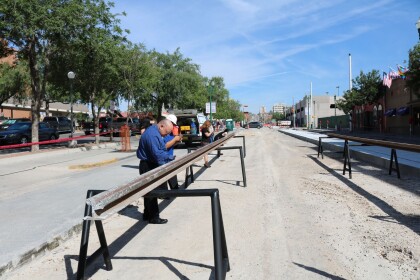
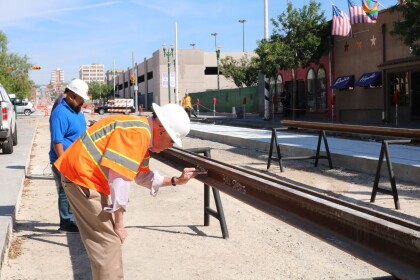
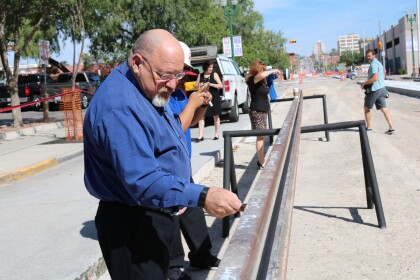
Comentarios
Hacer un comentario